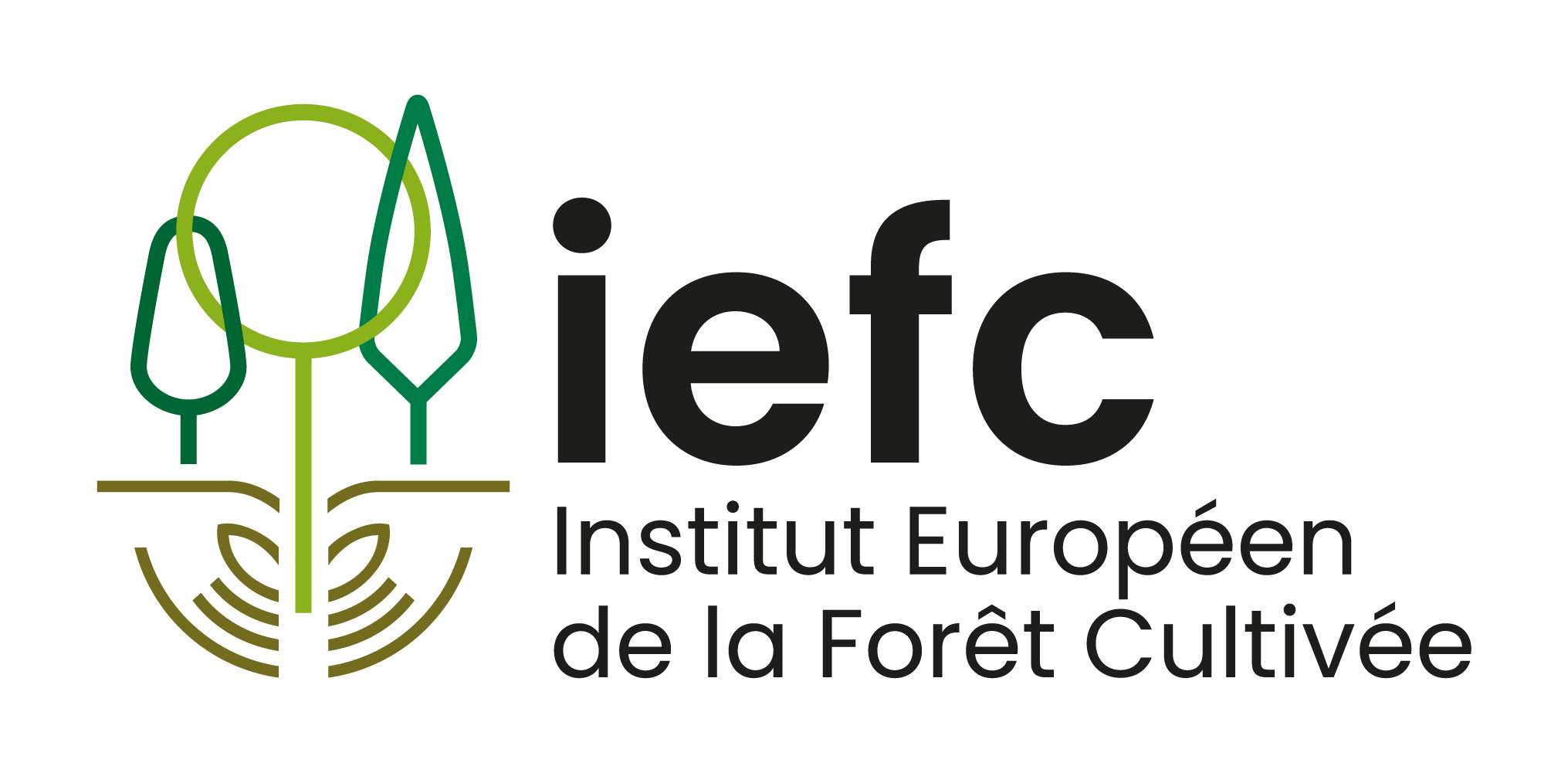Sessions description
Session 1 – Plantation in new business models: investing into wood production restoring ecosystem services and enhancing livelihoods
In this session, we invite the submission of papers presenting innovative business models and practical cases on the ground of Plantations projects – from wood production, restoration of ecosystem services, to enhancement of livelihoods – that can attract further investment and create a wider impact.
– Funds for restoration (biodiversity, deforested areas, ..)
Investment strategies for funding the restoration of forest biodiversity and degraded areas.
– Funds for carbon sequestration, climate change adaptation and resilience
Investment strategies for funding carbon sequestration, adaptation to climate change and increase in resilience.
– Payment for ecosystem services
Mechanisms and strategies used in PES initiatives.
– National funds and incentives schemes
Public policies, incentives and funding mechanisms at the national level.
Session 2 – Societal perception of plantations and governance
This session in dedicated to social sciences and policy making.
– Plantation perception in the world
The aim of this session is to provide an overview of debates or contreversies and different ways of addressing them all over the world.
– Local knowledge on planting forests in African societies
This session gives an opportunity to african communities to share their knowledge on planted forests.
– Indigenous knowledge on planted forest
This session gives an opportunity to autoctonous population to report traditional practices related to forest plantations.
– Plantations roles in local bioeconomies
Bioeconomy connected to local resources is a key component of rural territories. This session give the opportunity to illustrate the rôle of planted forest in various contexts.
– Policy making and plantation related topic : clear-cuts regulation, landscape planning, …
The aim of this session is to address landscape level issues and land use planning.
Session 3 – Planted forests and trees, a critical option for and ecosystem restoration
The focus of this session is on restoration activities.
– Management of forest genetic resources
Genetic resources are key for any kind of plantation, how do we select, preserve and maintain them under climate change has to be discussed.
– Tree breeding
Tree breeding is a key component of plantation success. New trends opportunities and risk are welcome.
– Mixed species plantations
Mixed plantations are forseen as more resilient and better accepted by society but we need to identify which mixture are really betters ; and economical and technical challenges have to be addressed.
– Silviculture and technical issues including challenges faced by smallholders
What are recent changes and evolutions in plantation forest management?
– Efficiency assessment and monitoring
How do we monitor sustainability of planted forests?
Session 4 – Planted forests in a decarbonized bioeconomy
This session will discuss the contributions of planted forests to a decarbonized and circular bioeconomy. Invited papers should focus on the role and mitigation potential of wood and non-wood products in the transition towards a carbon-neutral world, and address, among others, key questions related to bioenergy systems and resource-use efficiency.
– Wood products and their importance in a carbon-neutral world
This session focuses on the role of wood product in mitigation processes.
– Non wood products
This session refers to non wood products that can be used as substitution of petrol based ones.
– Forecasting and global contributions
The global picture of forest in Carbon neutral world has to be explored. The place of planted forest has to be refined.
– Mitigation potential
What is the mitigation potential of planted forest under global change in a world of scarcity?
Session 5 – Planted forests facing global change: risks and opportunities
Global change is associated to many risks that threaten all types of forests including planted ones.
– Evidence of adaptation role of planted forests
Bring evidences on how and where planted forest are part of the adaptive management of forests.
– Resistance and resilience to biotic and abiotic risks
Define options to increase resistance and resilience of planted forests.
Session 6 – Optimizing trade-offs across ecosystem services: towards new models of management
This session will focus on innovative landscape-level arrangements aimed at optimizing benefits derived from planted forests. Invited papers will review models showcasing multifunctionnal planted forests, assess their contributions to the provision of ecosystem services, especially in comparison with other management objectives (restoration, agricultural production).
– Multifunctionality of planted forest
Study cases and examples of planted forets that simutlaneously provide economical return and ecosystem or social services.
– Planted forests in the landscape mosaic
Provision of incentives, building of regulatory legislation and initiatives that promote the well-balanced integration of planted forests in rural landscapes.
– Ecosystem regulation
Description, comparison or proposal of legal frameworks designed to regulate the sustainability of forest ecosystems.
– Comparison with natural regeneration and with agricultural lands
Study and determination of economic, social and environmental forces that promote land use changes from agriculture into natural forests and vice-versa.
